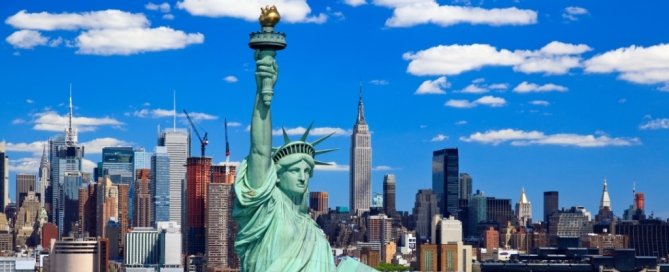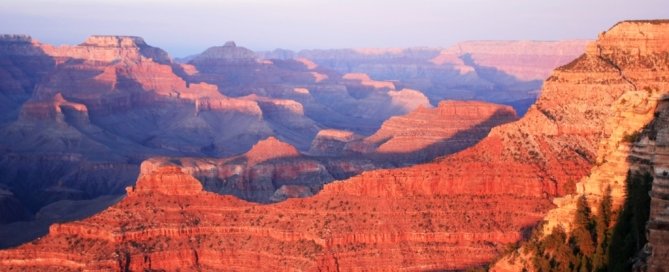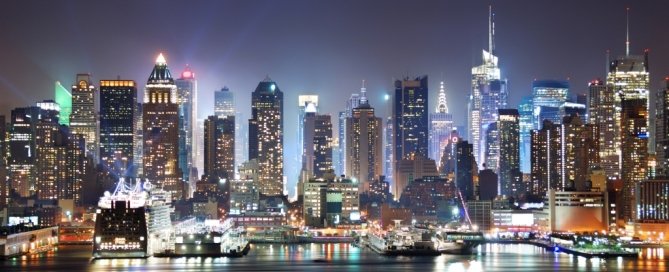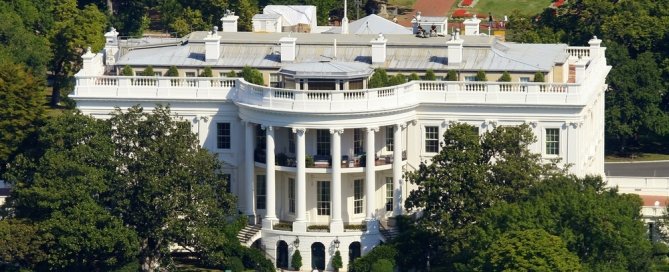Guide to the United States
Quick Facts
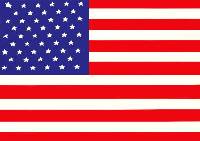
Population: 309 million
Major Language: English
Currency: U.S. Dollar
Calling Code: +1
American colonies gained independence from Britain in 1776, earning official recognition as the United States of America seven years later. The 19th and 20th centuries was a period of expansion in which the United States acquired overseas territories, adding 37 new states to the original 13. This period, however, was also marked by crisis.
First, the Civil War divided the nation between a northern Union of states and the eventually defeated secessionist Confederacy of 11 southern slave states. Later, the Great Depression of the 1930s brought the greatest wave of unemployment in the country’s history. U.S. successful participation in the two World Wars and the Cold War would restore national economic and political stability, elevating the country to the status of most powerful nation state.
Capital City: The District of Columbia, most commonly known as “Washington D.C.,” or simply “D.C.,” is directly overseen by the federal government. Bordered by the states of Virginia and Maryland, D.C. is a large metropolitan area that harbors the centers of the Judicial, Executive and Legislative government branches. The headquarters of the World Bank, the International Monetary Fund and the Inter-American Development Bank find their place in the city, along with 176 foreign embassies and prominent trade unions, lobbying groups, research centers and professional associations.
Government: The United States is the oldest surviving federation and has three levels of government- federal, state and local. Barack Obama is currently the ruling President over the whole of the USA. However, each of the fifty states also has its own local government as well as a constitution and code of laws, which accounts for the interstate variation of laws concerning issues such as property, crime, health and education.
Culture: U.S. culture is as eclectic as its demographic melting pot and geographical scale would suggest. The ethnic and racial diversity of the country, produced in great part by a historical large-scale immigration from many different countries, has left a profound mark on U.S. customs, language, music, dance, and food. Elements of U.S. history, including the concept of Jeffersonian Democracy and President Abraham Lincoln’s Emancipation Proclamation, contribute to a culture of intense national pride. Combined with a deep sense of exceptionalism, this patriotism gave way to the American Dream, a national ethos rooted in the U.S. Declaration of Independence.
The U.S. has produced endless authors and poets including Whitman, Ginsberg, Twain, Hemingway and FS Fitzgerald (to name just a very few), almost all of which have a uniquely American style. Couple this with the dominance that America has had in twentieth century music and cinema and it is clear that the US is far more culturally rich than often thought.
U.S. Media
 |
|
Study in the U.S.
 |
Coming Soon |


